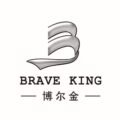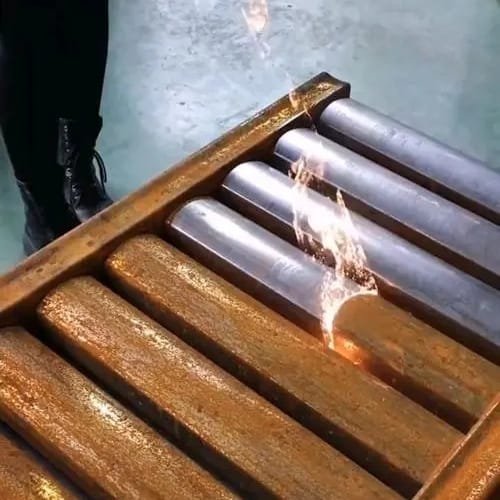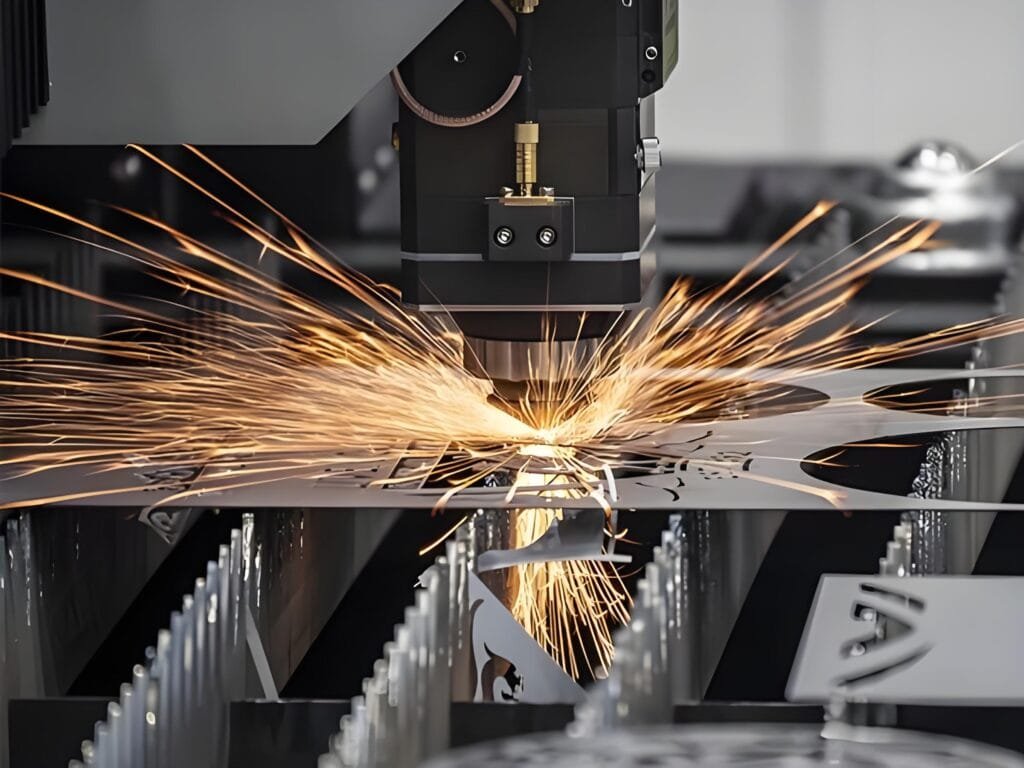

“We only focus on the research and production of laser equipment, providing you with professional industrial laser equipment solutions”
— BRAVE KING LASER


About Laser Equipment Application Blog

Exploring the Wide Application of Handheld Laser Welding in Precision Manufacturing

Exploring the Wide Application of Laser Marking Machines in Various Industries

How to use a handheld laser welding machine? Even a novice can use it easily!

New trend in laser engraver for leaf: creative inspiration brought by laser engraving machine
BRAVE KING LASER
Learn About Laser Equipment
Discover the power and precision of a laser engraver for all your engraving needs. Whether you’re a hobbyist, small business owner, or large manufacturer, a laser engraver offers unmatched versatility and precision for engraving on various materials like wood, metal, glass, leather, and acrylic. The laser engraving process utilizes high-powered lasers to etch intricate designs, logos, and text with exceptional detail and clarity.
Laser engravers are ideal for creating personalized gifts, customized products, promotional items, and intricate industrial parts. They are incredibly efficient, offering fast turnaround times and high-quality results. With laser engraver technology, you can quickly bring your creative visions to life, whether it’s for small-scale projects or large production runs.
A laser welder offers a highly efficient and precise solution for welding metal with exceptional accuracy. Perfect for both small and large-scale projects, a laser welding machine uses focused laser beams to create strong, clean, and high-quality welds, making it ideal for industries like automotive, aerospace, and electronics. Whether you’re working with thin metals, intricate designs, or high-precision applications, a laser welder provides unmatched results with minimal distortion.
When choosing a laser machine, consider power, precision, and material compatibility to ensure it meets your specific laser customization needs. Laser equipment is a versatile solution that increases productivity, reduces operating costs, and improves product quality. Learn how laser equipment can improve your product precision, increase efficiency, and bring outstanding results to your business. Explore our wide range of laser engraving and welding machines and find the best solution for your needs.










